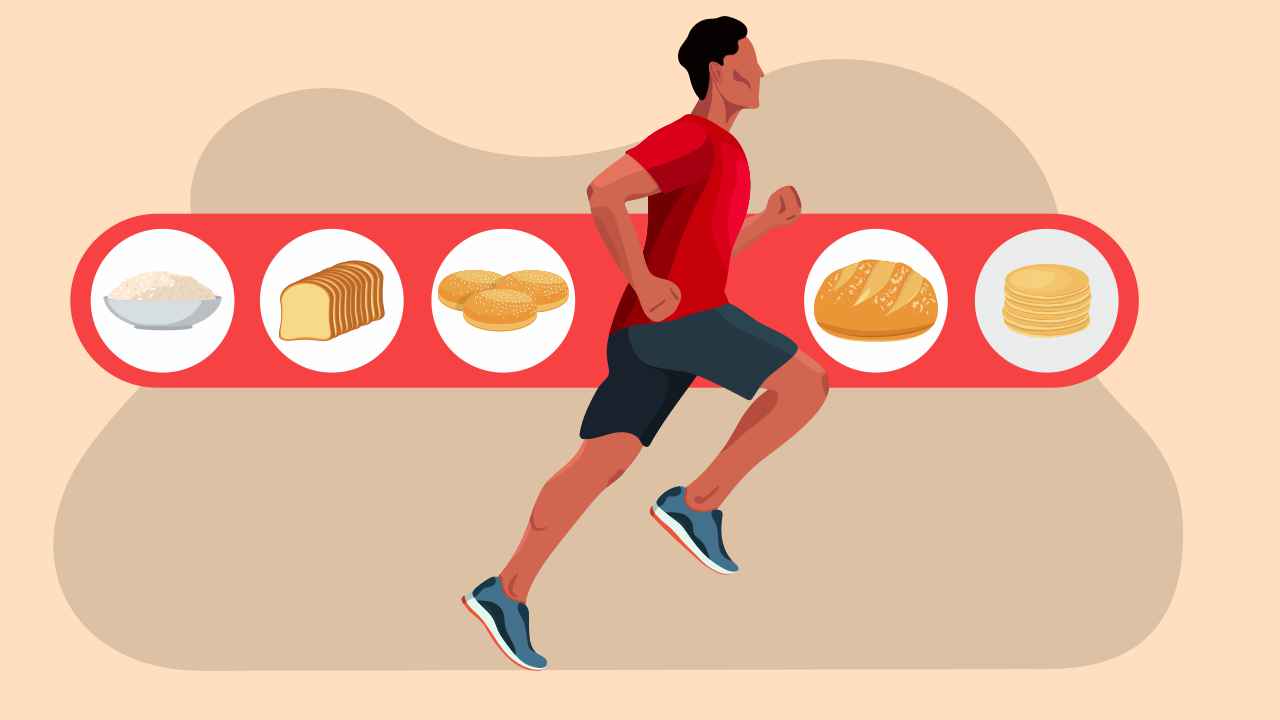Endurance athletes, whether you're a marathon runner, cyclist, or triathlete, understand the critical role that nutrition plays in performance. Among the various dietary strategies, carb loading is a tried-and-true method to boost your energy levels and extend your stamina during long bouts of physical exertion. In this guide, we'll explore the ins and outs of carb loading, helping you fuel your way to victory.
Understanding the Basics
1. What is Carb Loading?
Carbohydrate loading, often referred to as carb loading, is a dietary technique that involves increasing your carbohydrate intake in the days leading up to a long race or intense training session. The goal is to maximize your glycogen stores, the primary source of energy for endurance activities.
2. Why Carb Load?
Carb loading enhances endurance by allowing you to maintain a faster pace for a more extended period. It delays the onset of fatigue and helps prevent "hitting the wall," a state of extreme exhaustion often experienced by endurance athletes.
When to Carb Load
1. Timing is Key:
Carb loading should be done in the days leading up to your event, typically 2-3 days prior. Avoid trying to load up the night before, as this can lead to digestive discomfort.
How to Carb Load
1. Calculate Your Needs:
Begin by determining your carbohydrate needs. As a general guideline, aim for 7-12 grams of carbohydrates per kilogram of body weight per day during the loading phase.
2. Focus on Complex Carbs:
Choose complex carbohydrates like whole grains, pasta, rice, and oats. These foods provide sustained energy and help maintain stable blood sugar levels.
3. Reduce Fat and Fiber:
Avoid high-fat and high-fiber foods during the loading phase, as they can slow digestion. Opt for lean protein sources and vegetables in moderation.
The Day Before Your Event
1. Hydrate:
Proper hydration is crucial. Drink plenty of fluids but avoid excessive water intake, as this can dilute electrolytes.
2. Stick to Familiar Foods:
On the day before your event, consume foods you're accustomed to. This is not the time to experiment with new dishes.
Day of the Event
1. Pre-Race Meal:
Have a balanced meal rich in carbohydrates 3-4 hours before your event. Include some protein and healthy fats for sustained energy.
2. Snack Smart:
If your event lasts longer than 90 minutes, consider consuming easily digestible carbs like gels or energy chews during the race to maintain energy levels.
Post-Race Recovery
1. Replenish Glycogen:
After the race, refuel with carbs and include some protein to kickstart muscle recovery. Chocolate milk, a banana, or a sports recovery drink can be great options.
Remember, carb loading is a tool to enhance your endurance performance. To find the approach that works best for you, practice your carb-loading strategy during training to ensure it aligns with your unique needs and preferences. With the right carb-loading plan, you'll be well on your way to conquering your endurance goals.
